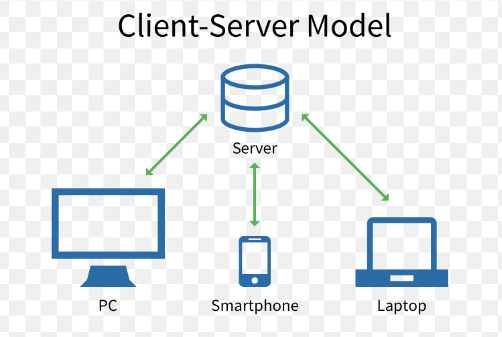
Ethereum Node Load Balancing: Optimizing Workloads
Ethereum has gotten the planet by hurricane for an impressive blockchain foundation that allows builders to create decentralized software (dApps) and apply smart commitments. Even so, to totally leveraging the vast potential of Ethereum, one needs to comprehend the complexities of node procedure. In this extensive manual, we will walk you through everything you should know about learning Ethereum node operations.
Being familiar with Ethereum Nodes:
Nodes are crucial elements within an ethreum node system since they allow purchases to be verified and processed in the decentralized trend. A node can be defined as a client application that works an Ethereum full node, which stores the whole blockchain express, procedures deals and propagates blocks with other nodes inside the group.
Putting Together an Ethereum Node:
To setup an Ethereum node, you need to mount the relevant software like Geth or Parity, which are popular Ethereum customer implementations. Following setting up the customer software program, you should get connected to an Ethereum group through either the command collection or through a graphical interface. It is essential to make sure that your node’s application version is up-to-date to prevent any vulnerabilities or little bugs.
Controlling Your Ethereum Node:
Dealing with your Ethereum node requires you are aware of the best way to improve its overall performance, keep an eye on its overall health, and maintain it protect. To optimize the overall performance of your own node, you may adjust the gas price, which determines how fast a financial transaction may be packaged. You also need to keep an eye on the memory space utilization and storing ability of your own node periodically to ensure it goes efficiently. To help keep your node protected, it is wise to use powerful passwords, stay away from running your node as the cause consumer, and constantly maintain your computer software up-to-date.
Syncing Your Ethereum Node:
To help keep your Ethereum node up to date, it is very important sync it together with the latest chain up-dates, that may be completed through numerous methods like syncing through light consumers, syncing through archives or syncing through friends. When your node drops behind in syncing, it can result in reduced overall performance, and you might miss out on new block deals included in the chain. Consequently, it is essential to help keep your node in sync frequently.
Problem solving Ethereum Node Troubles:
Regardless of your best endeavours to keep up your Ethereum node, concerns may occur, which could cause it to fail to function properly or are unsuccessful. Some of the frequent problems that could occur consist of connection problems, application bugs, configurations problems, or hardware breakdown. To troubleshoot these complaints, you can examine the logs documents, diagnose the network, or search for aid from the Ethereum community or support team.
brief:
Mastering Ethereum node operation is an important talent that any crypto fan or programmer needs to have. With all the increasing demand for Ethereum, discovering how to put together, handle, sync, and troubleshoot your Ethereum node is important to optimize the potential for the foundation. By simply following the guidelines and guidelines we’ve discussed in your complete manual, you may get your Ethereum node procedure capabilities to another level and also be positive about leading to the Ethereum community.




